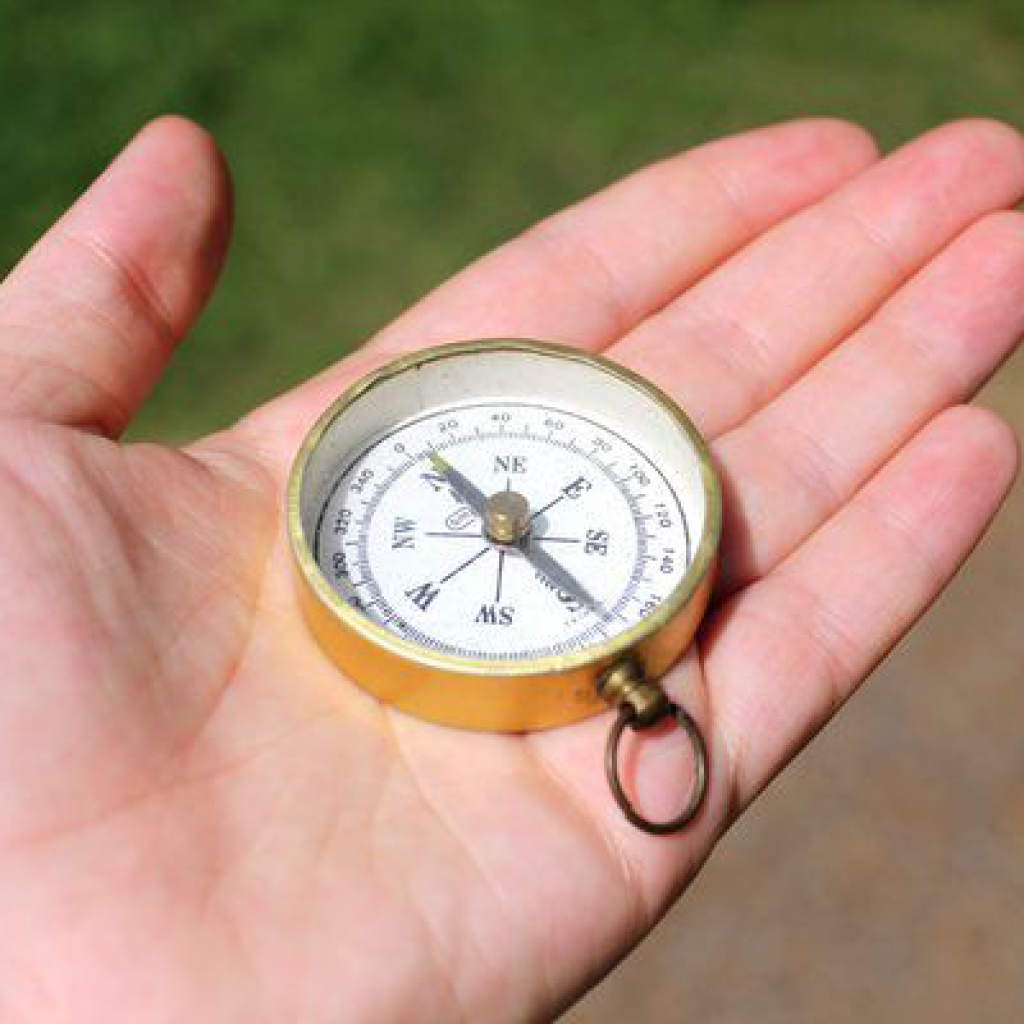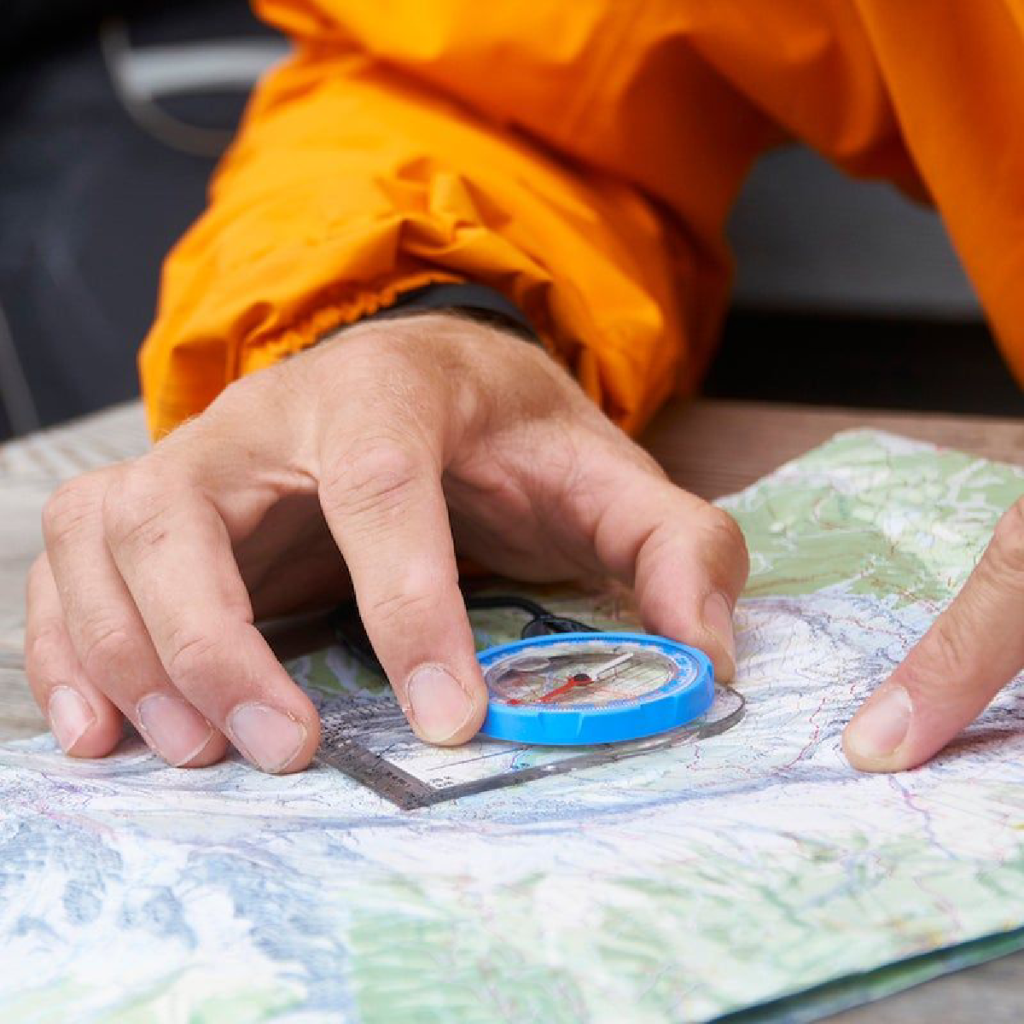Learn effective strategies and techniques for teaching navigational skills to 8-9 year old children.
Teaching Navigational Skills to 8-9 Year Old Children
Have you ever watched a child get lost in their own imagination, only to realize they have no idea where they are in the real world? It’s like they’re stuck in a mystical land with no GPS signal. That’s where teaching navigational skills to 8-9 year old children becomes essential. Understanding the importance of these skills and how they contribute to their overall development is crucial. So let’s dig in and explore the fascinating world of helping kids find their way!

Understanding the Importance of Navigational Skills
The Role of Navigational Skills in Child Development
When we think about child development, we often focus on academic and social skills. But let’s not forget about navigation! Navigational skills play a vital role in helping children become more independent, confident, and curious individuals. By learning how to find their way around, kids not only gain a sense of control over their environment, but they also develop problem-solving and critical thinking abilities. Trust me, these skills are bound to come in handy in all aspects of life!
Imagine a child exploring a new playground for the first time. As they navigate through the different structures and pathways, they are not only having fun but also developing their spatial awareness. They learn to understand the relationships between objects and spaces, which is a crucial skill for everyday life. Whether it’s finding their way through a busy city or organizing their belongings in a small room, having a good sense of space can make a world of difference.
Benefits of Early Navigation Skill Development
Did you know that the earlier children start developing their navigation skills, the better? By introducing navigation at a young age, kids can cultivate a wide range of positive attributes. From improved spatial awareness to enhanced memory and concentration, the benefits are endless! Plus, teaching children to navigate early on gives them an edge in understanding maps, orienting themselves in unfamiliar places, and even mastering those tricky mazes at amusement parks. Who doesn’t love a confident little explorer?
Let’s delve deeper into the benefits of early navigation skill development. As children learn to navigate their surroundings, they also sharpen their memory and concentration abilities. Remembering landmarks, street names, and directions requires mental effort and focus. These cognitive skills not only help children in their daily lives but also lay a solid foundation for future academic success. Research has shown that children with strong navigational skills tend to perform better in subjects like mathematics and spatial reasoning.
Furthermore, early navigation skill development can have a positive impact on a child’s self-esteem and confidence. Imagine a child successfully finding their way to a new destination without any assistance. The sense of accomplishment and independence they feel is invaluable. This newfound confidence spills over into other areas of their life, encouraging them to take on new challenges and explore the world with curiosity and enthusiasm.
It’s important to note that navigation is not just about finding physical locations. It also involves understanding and interpreting different types of maps, such as road maps, topographic maps, and even digital maps. By exposing children to various map types and teaching them how to read and interpret them, we equip them with a valuable life skill. They become more adept at planning routes, understanding distances, and making informed decisions based on the information presented on maps.
In conclusion, navigational skills are an essential aspect of child development. By nurturing these skills from an early age, we empower children to become independent, confident, and curious individuals. The benefits of navigation extend beyond simply finding our way from point A to point B. They encompass improved spatial awareness, enhanced memory and concentration, and a boost in self-esteem. So, let’s encourage our little explorers to navigate the world around them and watch them thrive!
Basic Concepts of Navigation for Children
Now that you understand the importance of navigational skills, let’s dive into some basic concepts that will help children find their way through life’s little adventures!
When it comes to navigation, there’s so much more to explore! Let’s take a closer look at some fascinating aspects that will make the journey even more exciting for children.
Introduction to Maps and Directions
Before we can navigate our way to buried treasure, we need to understand maps and directions. Maps are like magical portals that can transport us to any place we desire. Start by showing children different types of maps, such as world maps, city maps, and even treasure maps! Explain key symbols and legends, turning it into an interactive learning experience.
To make it even more fun, why not organize a treasure hunt or a scavenger hunt activity? Give children a map with clues and let them embark on an adventure to find hidden treasures. As they decipher the symbols and follow the directions, they’ll learn the art of navigation while having a blast. And always remember, “X” marks the spot — and the spot is where the fun begins!
Understanding Landmarks and Routes
Ever find yourself saying, “Turn left at the big statue, then right at the ice cream shop”? Well, landmarks and routes are a huge part of navigation! Landmarks are like signposts that guide us along our journey, helping us find our way even when the map seems confusing.
Teach children to recognize landmarks that are unique and easy to spot. It could be a towering tree, a colorful mural, or a quirky sculpture. Take them on walks around the neighborhood and make it a game to identify different landmarks. Encourage them to create mental maps, connecting the landmarks to create a mental picture of the area.
As children become more familiar with their surroundings, they’ll start to see the world through a navigational lens. They’ll notice the ice cream shop on the corner, the park with the giant slide, and the library with the colorful mural. Soon, they’ll be directing you like little GPS gurus, confidently guiding you to your destination!
Techniques for Teaching Navigational Skills
Now that we know the basic concepts of navigation, let’s explore some playful techniques to make learning even more enjoyable for our little adventurers.
Incorporating Navigation into Play
Who says learning has to be boring? Turn navigation into a game! Create a mini obstacle course in the backyard or set up a pretend town in the living room. Provide children with maps and challenge them to find hidden treasure or follow specific routes. Not only will they be honing their navigational skills, but they’ll also be having a blast along the way!
Imagine the excitement on their faces as they navigate through the backyard, carefully following the map and avoiding the obstacles in their path. They’ll be learning important skills such as reading maps, understanding directions, and spatial awareness, all while having a great time. As they search for the hidden treasure, their problem-solving abilities will be put to the test, enhancing their critical thinking skills.
Furthermore, by incorporating navigation into play, children will develop a sense of adventure and curiosity. They’ll learn to explore their surroundings with a keen eye, observing landmarks and using them as reference points. This will not only sharpen their navigational skills but also foster a love for exploration and discovery.
Using Technology to Aid Navigation Learning
In this digital age, technology is our trusty sidekick. Introduce children to navigation apps and games that spark their interest. From interactive map apps to virtual reality experiences, there are endless possibilities to make learning navigation exciting and engaging. Who knew technology could be so educational?
With the help of technology, children can embark on virtual journeys to different parts of the world, exploring famous landmarks and learning about different cultures. They can use interactive map apps to plan their own routes and navigate through unfamiliar territories. Through these experiences, they’ll not only enhance their navigational skills but also broaden their horizons and develop a global perspective.
Additionally, technology can provide children with real-time feedback and guidance, allowing them to track their progress and improve their navigational abilities. They can engage in virtual scavenger hunts, where they have to navigate through a digital environment to find hidden clues and solve puzzles. These activities will not only challenge their navigational skills but also boost their problem-solving and decision-making capabilities.
By incorporating technology into navigation learning, children will become familiar with the tools that are widely used in today’s world. They’ll develop digital literacy skills and learn how to effectively use technology for educational purposes. This will prepare them for the future, where navigation and technology go hand in hand.
Overcoming Challenges in Teaching Navigation
Just like following a new path, teaching navigation can come with its fair share of challenges. But fear not, intrepid explorer, for we have some handy tips for conquering those obstacles!
Addressing Common Misconceptions
Everyone makes wrong turns sometimes — it’s part of the journey! When children make navigation mistakes or misunderstand concepts, provide gentle guidance and explain things in a way they can understand. Help them see mistakes as opportunities to learn and grow. Remember, even the greatest navigators have taken the scenic route once or twice!
Tailoring Techniques to Individual Learning Styles
Just as there are many roads to the same destination, every child has their own unique learning style. Some may prefer visual cues, while others learn best through hands-on activities. Tailor your teaching techniques to match their individual styles and watch their navigation skills flourish. By accommodating their preferences, you’ll be their ultimate compass guiding them to success!
Assessing Progress in Navigational Skills
So you’ve embarked on this navigation adventure with your little learners, but how do you measure their progress? Fear not, fellow pathfinder, for we have some foolproof methods for evaluating their growth!

Setting Achievable Goals
Before setting sail on their navigation journey, sit down with your young adventurers and set realistic goals. Break down the skills they need to learn into manageable steps. Celebrate each milestone they reach, no matter how small. By tracking their progress, children will stay motivated and confident in their ability to find their way through life.
Evaluating Improvement Over Time
Just like a skilled cartographer, take note of your child’s improvement over time. Document their achievements and reflect on where they started. Make comparisons to highlight their growth and celebrate their newfound navigational expertise. And who knows, maybe one day they’ll be known as the Magellan of their generation!
In conclusion, teaching navigational skills to 8-9 year old children is an exciting journey filled with endless opportunities for growth and discovery. By emphasizing the importance of navigation, introducing basic concepts, and using playful techniques, we can empower our young adventurers to find their way through life’s winding paths. So, grab your map and compass, put on your explorer hat, and get ready to guide the next generation of confident little adventurers! Happy navigating!



